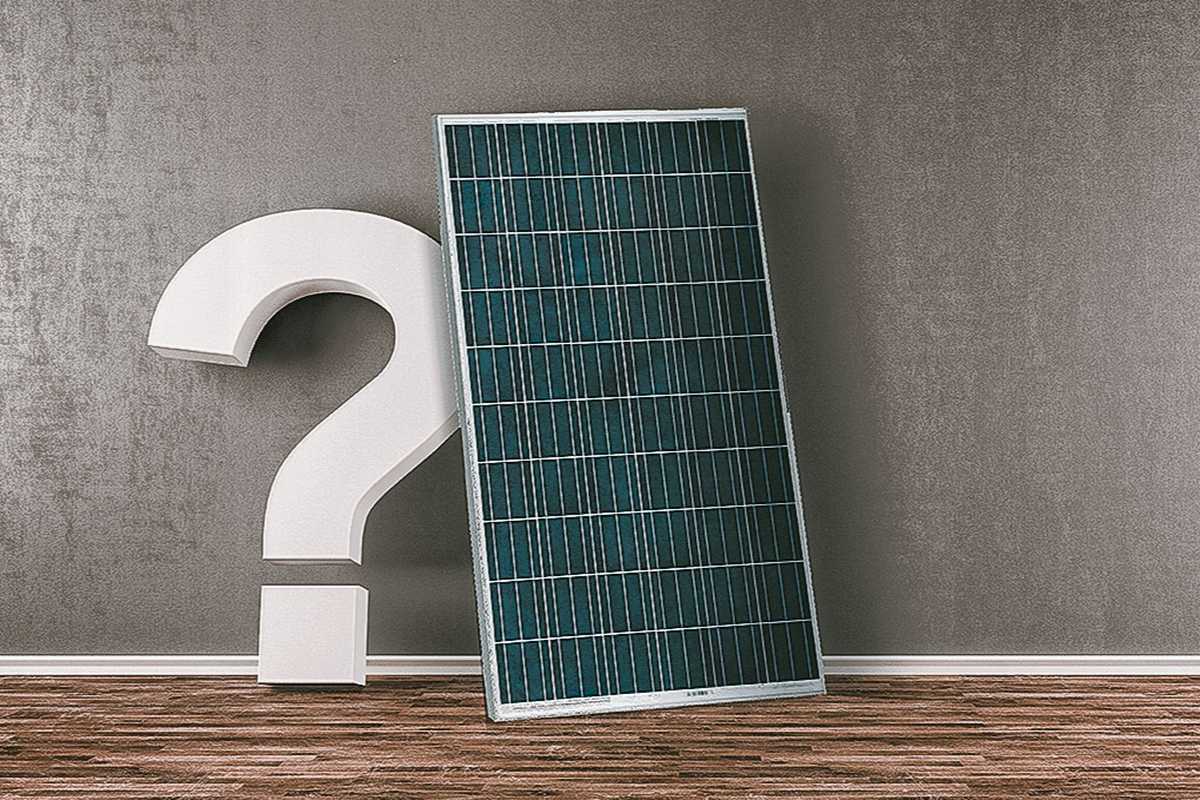Frequently Asked Questions about Solar Panels
Moving to solar energy is a great step towards reducing energy bills and your carbon footprint, but it can seem like a significant undertaking. Concerns about costs, sunlight availability, and the process of switching are common among homeowners.
While the decision can feel overwhelming, embracing solar power brings substantial benefits like energy independence and environmental sustainability. It’s important to address common questions about the costs, installation, and potential savings to make an informed decision and see how solar can positively impact your home.
Here, we’ll look at the frequently asked questions with regard to going solar.
What are the Costs of Installing Solar Panels?
The cost of solar energy systems is a key question for many, and it varies based on several factors. System size, type, and efficiency are factors that all play a role in determining the price.
For an average home needing 3kW to 8kW of energy, the cost typically ranges from $15,000 to $40,000. However, it’s important to note that solar costs have significantly decreased over the past decade, often resulting in lower per-kilowatt costs, especially for larger systems.
Another way to estimate the cost is by looking at median prices per kilowatt. According to Berkeley Lab’s Tracking the Sun report, the cost ranges between $3.2 and $4.5 per kilowatt.
However, these are median prices, and they reflect a substantial drop in solar power costs – up to 61% since 2010. This decline in price suggests that solar power is likely more affordable now than many people think.
Is It Possible to Save Money on an Installation?
Yes, it’s possible. While committing to solar panel installation can feel daunting, there are tools and resources available to make it more financially accessible.
Here are some of the options available to you:
Tax Incentives
Significant savings can be achieved through tax incentives. Both the federal government and state governments, like Arizona, offer tax credits. These credits are applied to your tax return for the year following the installation of a qualified solar panel system.
Financing Options
To ease the financial burden, various financing options are available. These can spread out the cost over time, preventing the need for a large upfront capital investment.
Long-term Savings
Consider the long-term financial benefits. Solar panels reduce or eliminate your dependence on traditional electricity, leading to considerable savings over time.
Despite the initial cost, solar power is an efficient energy source, and there’s no significant change in how you use electricity in your home – everything from lights to appliances operates as usual.
Ease of Management
Solar systems are user-friendly and easy to manage which adds to their appeal. While the initial investment in solar can seem substantial, tax benefits, financing options, and long-term savings make it a viable and economically sound option.
What are the Factors Affecting the Cost of Solar Panels?
The cost of solar panels for your home can vary widely due to several factors which are as follows:
- State and Federal Incentives – Tax credits can significantly reduce your overall expenses. For instance, you might be eligible for a federal tax credit covering up to 26% of the cost and an Arizona state tax credit of up to $1,000 per home.
- Panel Cost – Prices of solar panels vary based on manufacturers, with different price points and quality levels.
- Your Roof – The size and orientation of your roof impact installation costs. A larger, sun-facing roof may require fewer panels.
- Solar Panel Characteristics – The efficiency of solar panels matters. More efficient panels need less sunlight to generate electricity and are better at converting sunlight.
- Your Energy Needs – The amount of energy you require will determine the type and number of panels needed.
- Additional Costs Beyond Panels – Installation involves more than just the panels. Hardware, energy storage batteries, and labor costs also contribute to the total expense. These are typically included in installation packages, but the specific solutions chosen can affect the overall cost.
Understanding these factors can help you get a clearer picture of the investment required for solar power in your home.
How to Get Started with an Installation Project?
Understanding the various factors that influence solar panel pricing is just the first step. The next move is to get a personalized estimate, which is a straightforward and informative process. Here’s what it typically involves:
- A team will visit your home to assess your energy usage patterns, roof orientation, surface area, and other relevant factors.
- You’ll have options to choose from different solar panel systems, each suited to varying needs.
- Based on your energy consumption, the team will recommend the number of solar panels required for your home.
- You’ll receive an estimate of how much you could potentially save on your annual electricity bills by switching to solar.
The advantage of this process is that it comes with no strings attached. There’s no cost for the estimate, nor are you under any obligation to proceed with installation afterward.
This risk-free opportunity allows you to fully understand the potential costs and benefits of installing solar panels for your specific home situation.

Leave a Reply